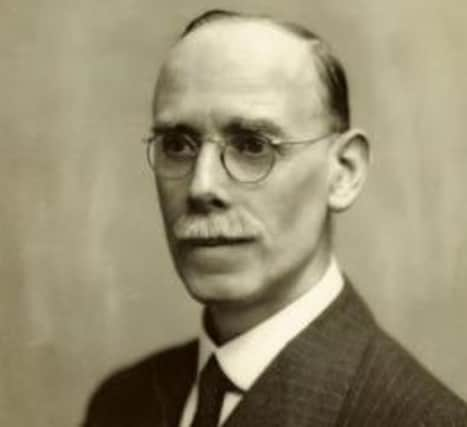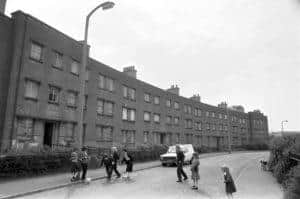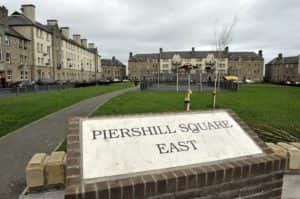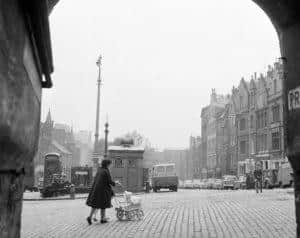Ebenezer MacRae: The man who shaped modern Edinburgh


THERE can be few individuals who have helped to shape modern Edinburgh as much as the prolific City Architect, Ebenezer James MacRae.
Ebenezer James MacRae was born on 18 January 1881 to a deeply religious family who instilled in him a desire to do good and help those in need. As fate would have it, this would be achieved by pursuing a career in urban planning.
Advertisement
Hide AdAdvertisement
Hide AdAfter serving with the Royal Engineers during the First World War, MacRae became Edinburgh’s Depute City Architect. Later in 1925, MacRae was appointed City Architect and then Edinburgh’s Director of Housing the following year. Previously public housing had been the job of the City Engineer.


Children playing in the street at West Pilton Circus designed by MacRae. Picture: TSPL
In the 1930s, MacRae toured continental housing estates in the Netherlands, Germany, Austria and France. These visits would have a impact on future social housing developments in Edinburgh, but MacRae didn’t follow the more avant garde architectural styles or communal facilities of Europe.
During MacRae’s tenure, the city of Edinburgh would improve and expand like never before. Scores of new housing estates would be built, offering clean, spacious and affordable homes for the working classes.
Steven Robb at Historic Environment Scotland explains; “MacRae, unlike other City Architects before him, spent most of his time on public housing. He had an almost religious zeal to provide good quality housing with adequate daylighting and in-house amenities, and to ensure that people lived close to their place of work. “He had to battle with resources for public housing whilst many in the council favoured subsidising private houses for rent.


Piershill Square. Picture: TSPL
As much as MacRae was committed to improving the quality of people’s lives, he was also sympathetic to conservation. In the Grassmarket, MacRae rebuilt and restored a handful of buildings in a sensitive, historic style. At that time, subsidy grants were not available to fully restore buildings for housing, only to build anew, but MacRae made great efforts to come up with a happy compromise. MacRae was a widely-admired public servant and was able to push for four-storey stone tenements on the historic building line of the Royal Mile in order to preserve the historic character of the area.
In the 1920s and ‘30s MacRae was responsible for the burgeoning housing developments at Niddrie, Craigmillar, Prestonfield, Pilton, Stenhouse, Saughton and numerous other areas. The similarities in housing design in these areas is plain to see. Inner city areas also benefitted, with dilapidated tenements in the Old Town and elsewhere replaced by new, improved dwellings. Over 12,000 homes would be built under MacRae.
However, they weren’t always the types of buildings he wanted to build: “It was the 1930s and there wasn’t a lot of money to play with,” says Steven Robb, “He was very traditionalist and only used stone and rendered brick in his housing developments, though every time he used stone or provided shops the council took a bit of a hit as Government subsidies were directed to particular building types. Competition with private housebuilders and the outbreak of World War Two material shortages made things very difficult for him, and he struggled to get a lot of developments finished.”


Advertisement
Hide AdAdvertisement
Hide AdIn addition to the housing estates, MacRae oversaw the construction of many city landmarks, including the power station and outdoor pool in Portobello, and built schools, nursing homes, libraries, public toilets and an extension to Edinburgh City Chambers.
Street furniture was another MacRae speciality. Numerous police boxes, tram shelters, lamp standards, traffic lamps and other minor improvements were built while MacRae was in office.
MacRae died in Edinburgh on 15 January 1951 just three days short of his 70th birthday. Examples of his work can still be seen all over the city.
Ebenezer MacRae police box and Gents' toilets in the Grassmarket in 1965.